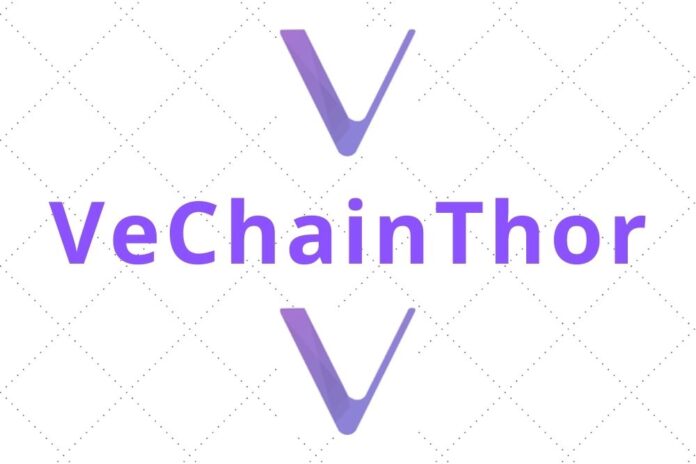After years of hard work, VeChain, the leading enterprise blockchain platform, has finally launched its proof of authority (PoA) 2.0.
The new development was announced moments ago via the official Twitter handle of VeChain Foundation. According to the report, PoA 2.0 comes to make the VeChain blockchain a perfect platform for sustainability.
VeChain Foundation tweeted, “A new era has dawned! At 8:10 GMT, the final stage of PoA2.0 seamlessly hardforked from mainnet, adding Finality to VeChainThor. With it, VeChain technologies provide the perfect platform for sustainability, both in energy consumption & real-world change.”
A new era has dawned!
At 8:10 GMT, the final stage of PoA2.0 seamlessly hardforked from mainnet, adding Finality to #VeChainThor.
With it, #VeChain technologies provide the perfect platform for #sustainability, both in energy consumption & real-world change. #Blockchain $VET https://t.co/3Ida4xVZxR
— VeChain Foundation (@vechainofficial) November 17, 2022
What Is Proof of Authority (PoA) Consensus?
According to a blog post published on Vechain101.com, VechainThor is a blockchain that is powered by a Proof-of-Authority (PoA) consensus algorithm, unlike Bitcoin and Ethereum which run on Proof-of-Work (PoW) and Proof-of-Stake (PoS) respectively.
In Proof-of-Authority (PoA) consensus, one of the 101 pre-approved validators is randomly selected to generate the next block. This particular model avoids computational competition, thereby enabling faster and more efficient block production.
Why VeChain PoA 2.0 Is Essential
Since VeChainThor’s scaling solution is all about quality, there will always be room for improvement. There are many ways to scale a blockchain network, such as increasing the bandwidth, increasing the block size, etc.
Read Also: VeChain Milestone: VeChainThor Mainnet Reaches 10,000,000 Blocks without Downtime
As for VeChain, it chooses to use PoA 2.0 SURFACE (Secure Use-case-adaptive Relatively Fork-free Approach of Chain Extension) consensus to optimize its bandwidth.
In the process of maximizing the percentage of time spent in transmitting data, more transactions can be included in the block, which will raise the number of transactions per second (TPS) and improve bandwidth efficiency.
Follow us on Twitter, Facebook, Telegram, and Google News


